Ethnicity Pay Gap Statistics - March 2022
Unlike the gender pay gap there is no legal requirement to calculate or disclose ethnicity pay gap data. However we have decided to calculate this to mark our commitment to diversity and inclusion.
Government has given advice on how to best to combine different ethnic groups to protect confidentiality and comply with the General Data Protection Regulation (GDPR) as it must not be possible to identify an individual. They state that for information that will be published externally a wise minimum category size (based on current good practice from publishers of statistics like the ONS) for each ethnic group would be 50 people.
As a relatively small employer we have therefore aggregated to two groups (binary reporting) as we have less than 50 employees who have identified as an ethnicity other than white. The profile of all our ethnic minority employees has been combined to ‘other’ which is a term short for ‘all other ethnic groups combined’ in line with Government advice on terminology.
What is a ethnicity pay gap?
The ethnicity pay gap shows the difference in average pay between white employees and 'other' ethnicities.
A percentage of 15% would show ‘other’ ethnicities earn 15% less than white employees per hour’. If the figure was -15% it would mean ‘other’ ethnicities earn 15% more than white employees per hour’.
As with the gender pay gap, it is different to equal pay, which is a legal requirement to pay everyone the same for equal or similar work.
Our data - 31 March 2022
Mean (average) ethnicity pay gap in hourly pay: -1.1%
Median (mid-point) ethnicity pay gap in hourly pay: -13.7%
| Pay quartile | White | Other | Not Known |
|---|---|---|---|
| Top | 82.5 | 5.3 | 12.2 |
| Upper middle | 85.6 | 8.4 | 6.0 |
| Lower middle | 87.1 | 4.5 | 8.4 |
| Lower | 79.5 | 4.5 | 16.0 |
What do our calculations mean?
For both average and mid-point calculations, ‘other’ ethnicities earn more than white employees per hour.
Many of the ‘other’ ethnic employees we have are professionally qualified – mostly in Port Health and Housing with a few higher paid earners also in Legal and Planning.
The ethnicity of 10.6% of the workforce is unknown (56 people). Normally they have not disclosed this because they have not come through iTrent recruitment in the usual way, or because their records are historic and they have not updated Self-Service despite being requested to. Therefore one outcome from this report will be to run a campaign to update records before 31 March 2023 ready for the next snapshot date. This could change our calculations significantly.
Our pay structure, policies, recruitment procedures and training programme are set without bias to race or any other personal characteristic.






